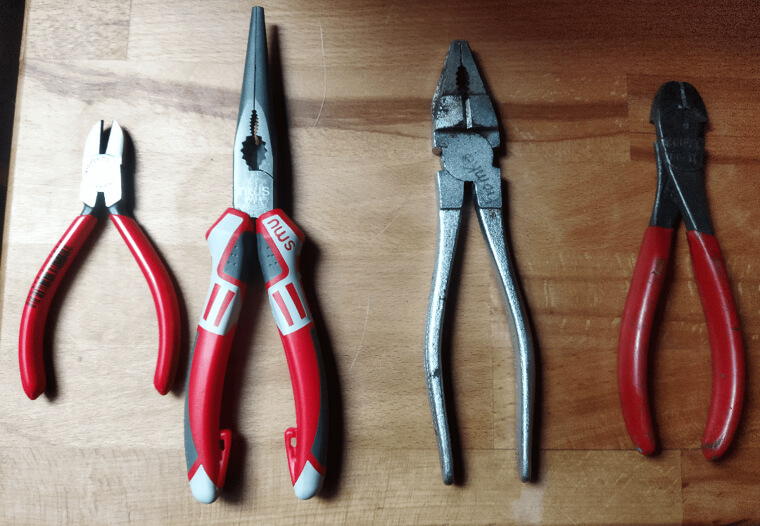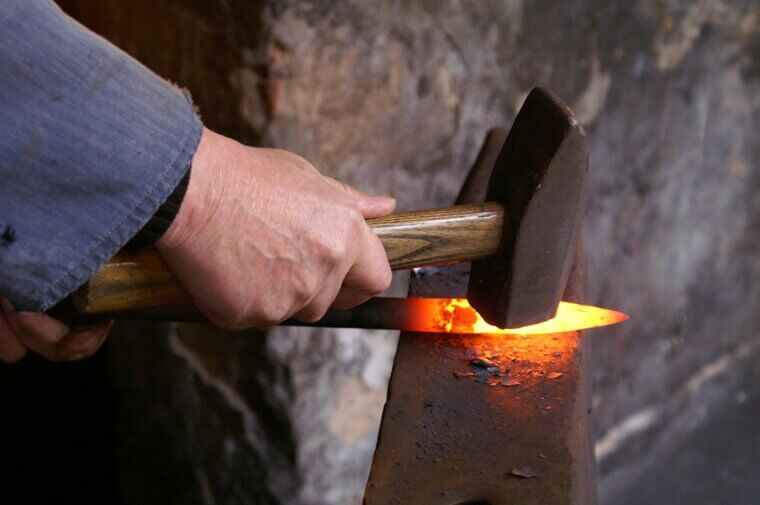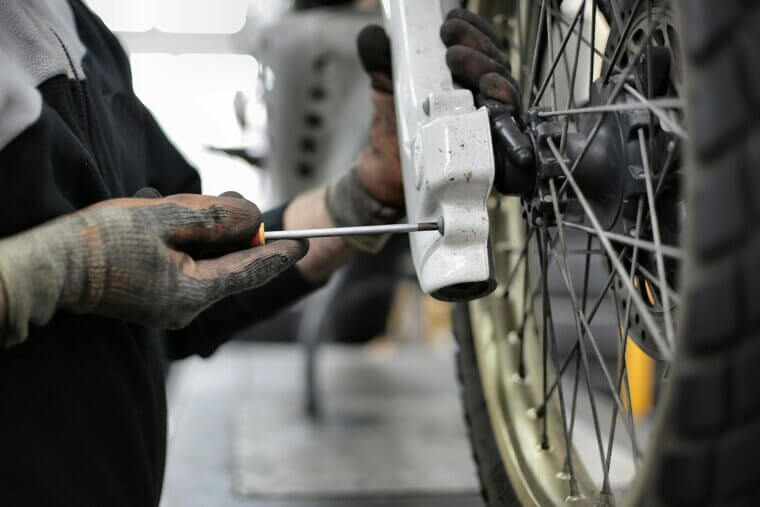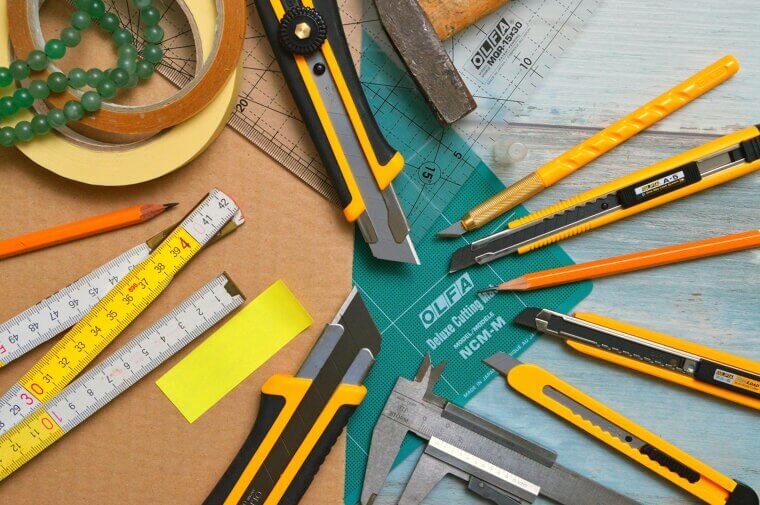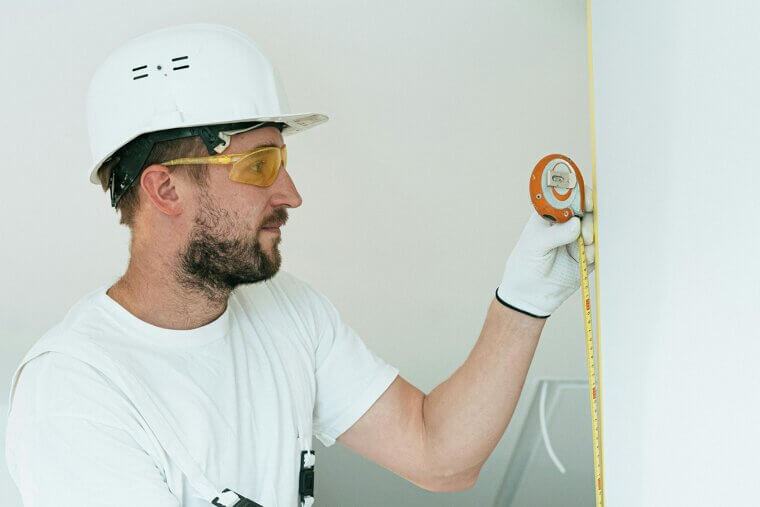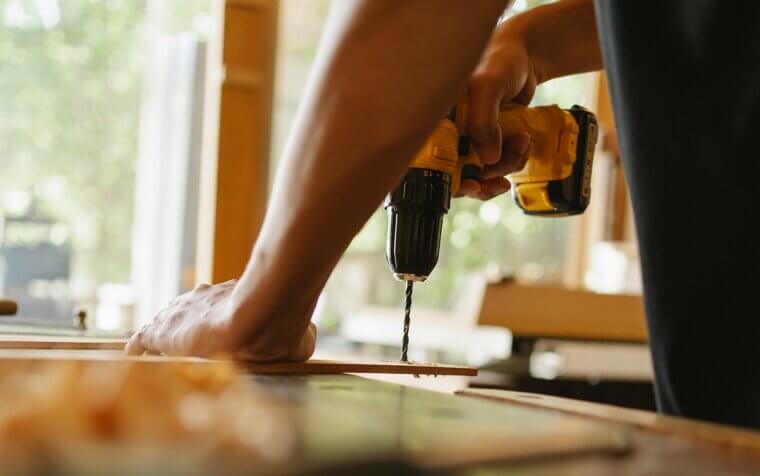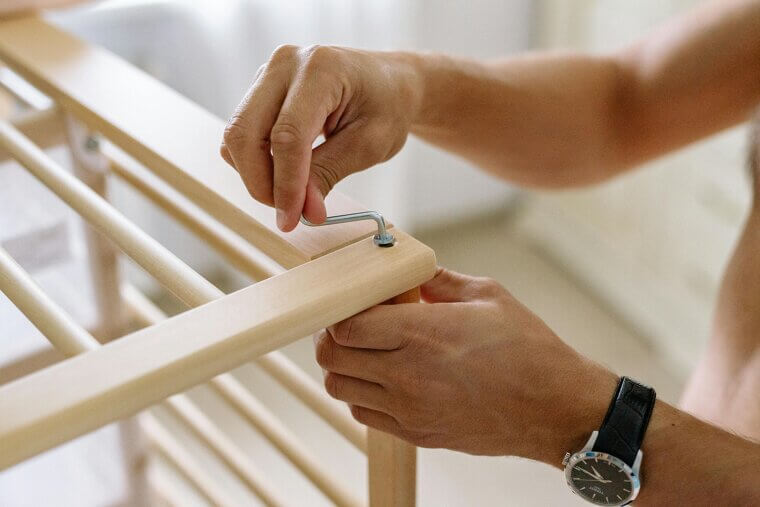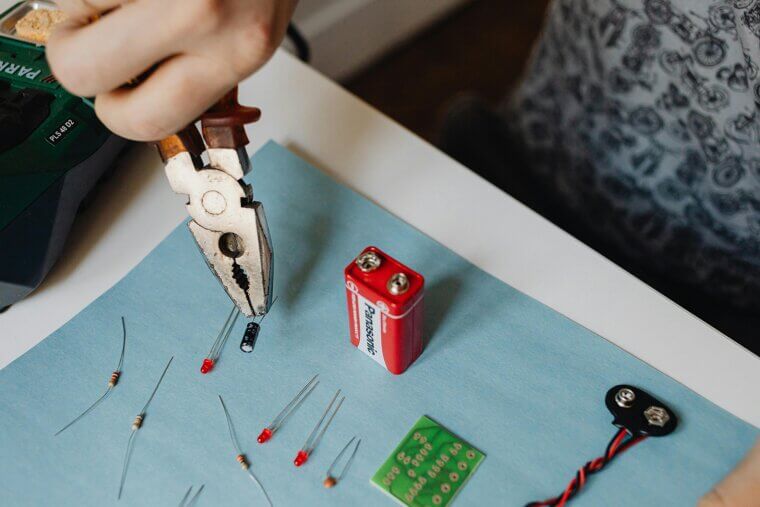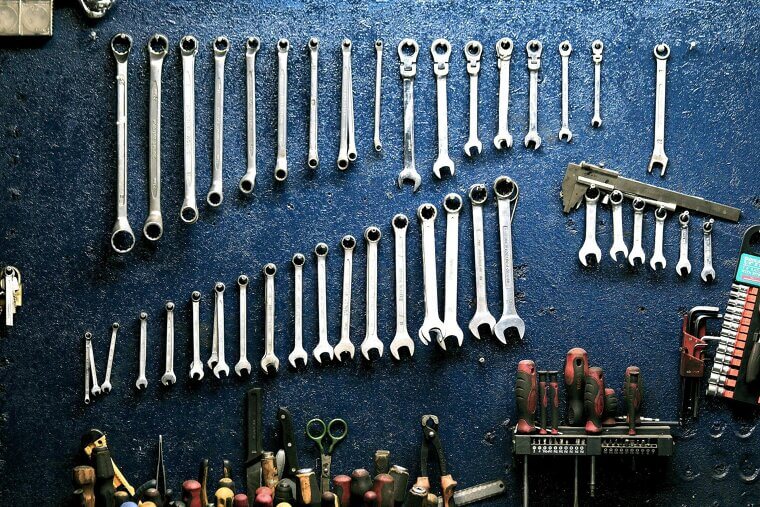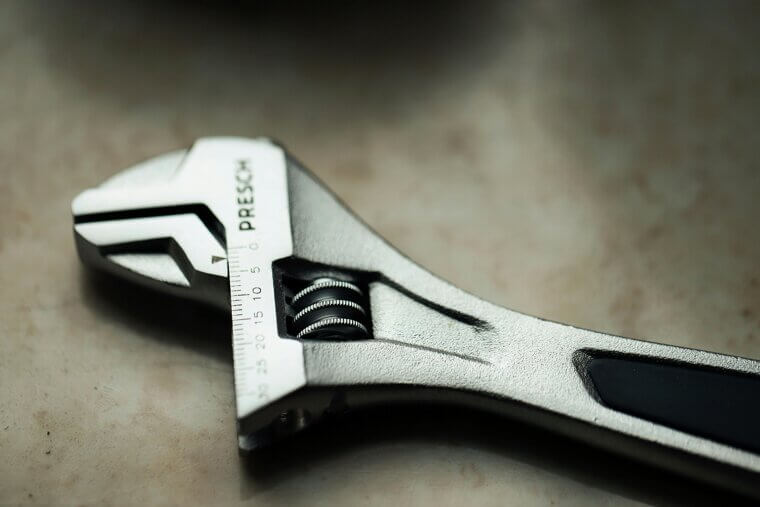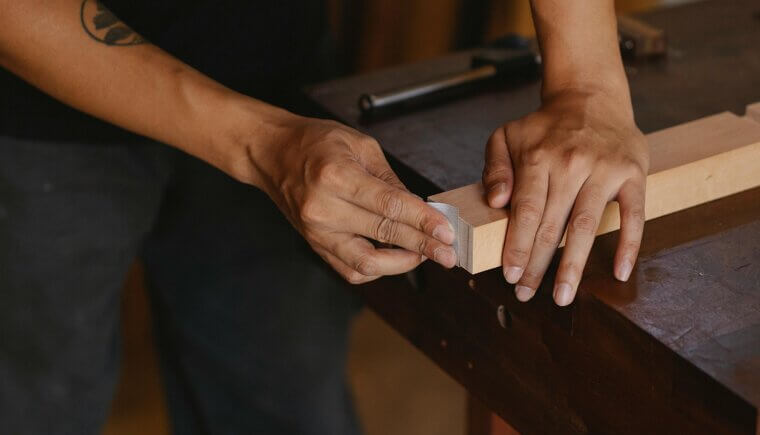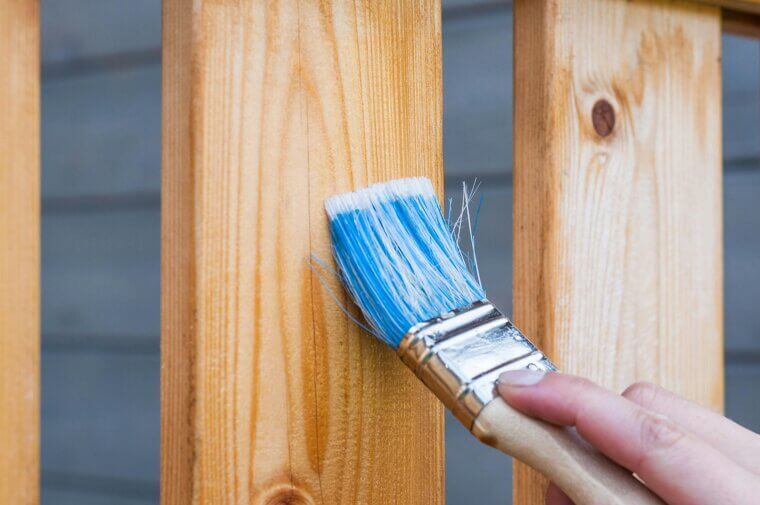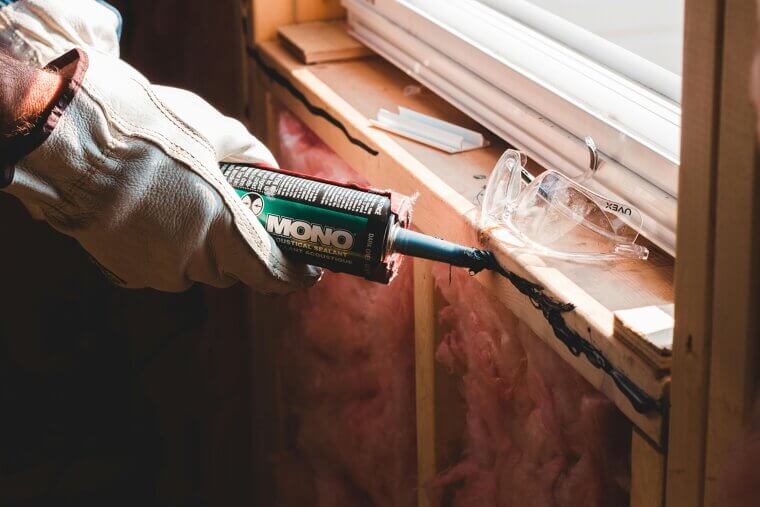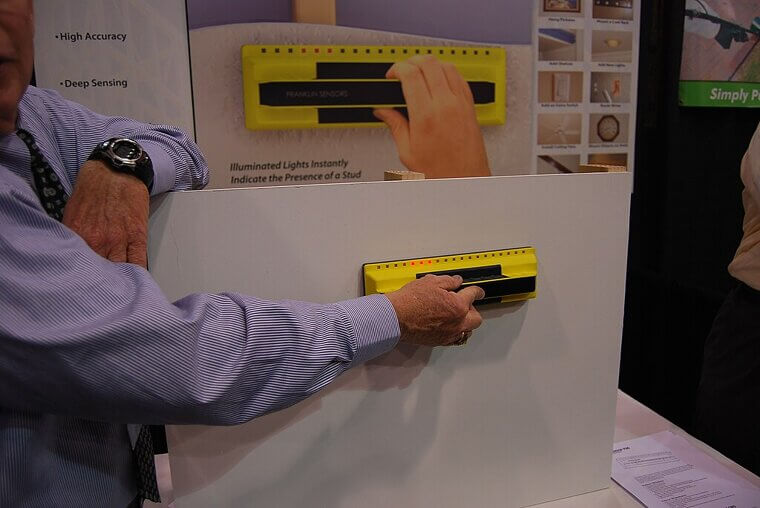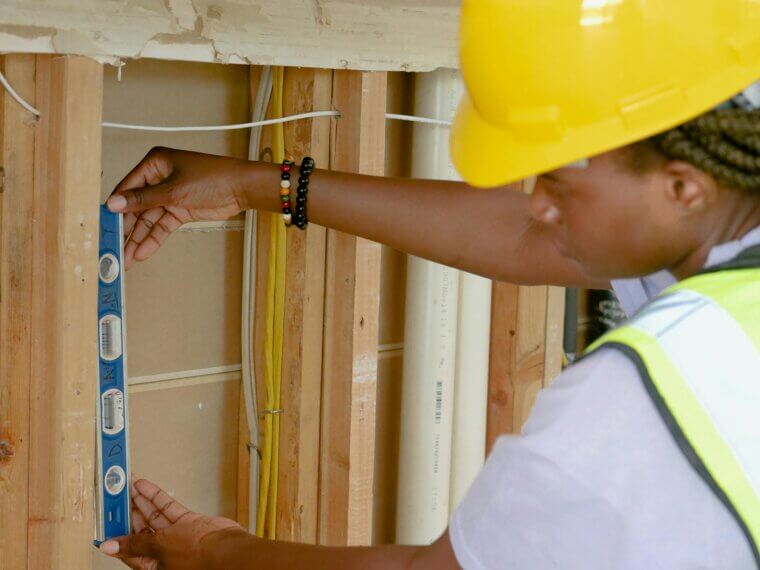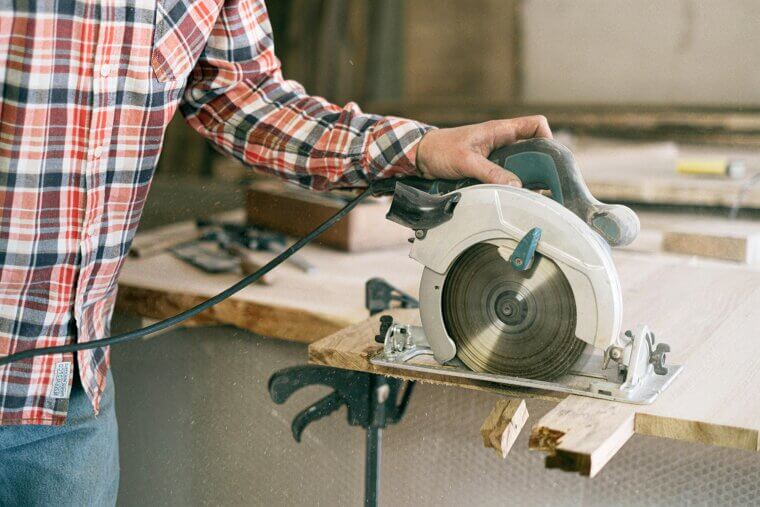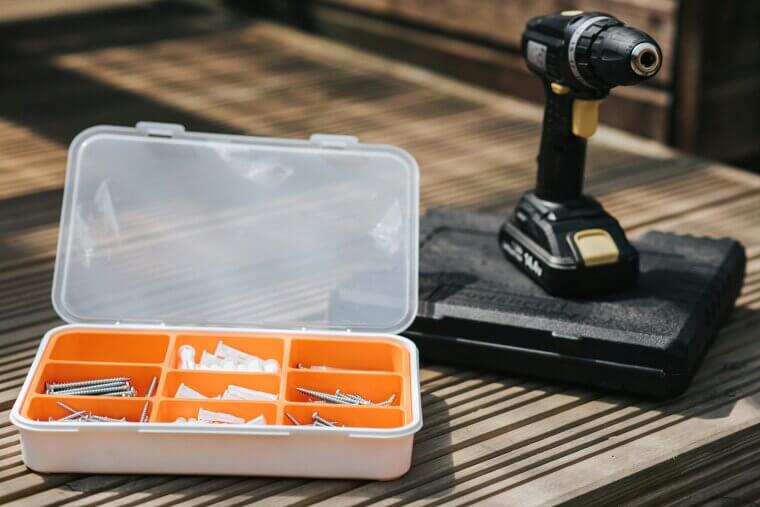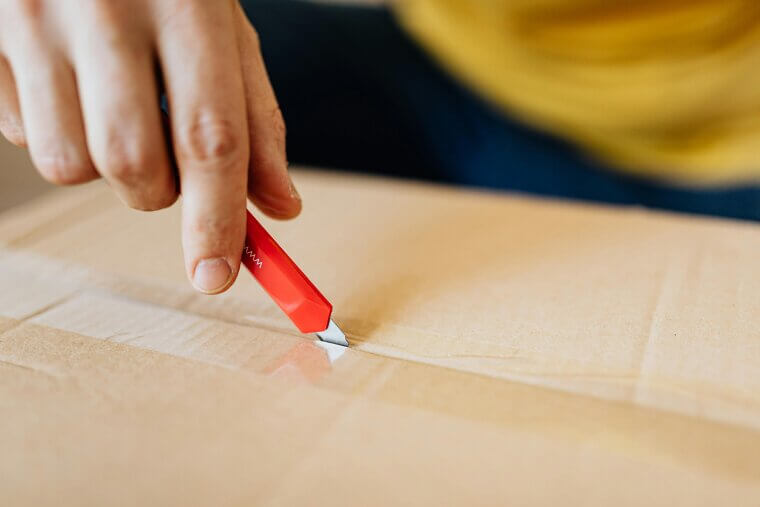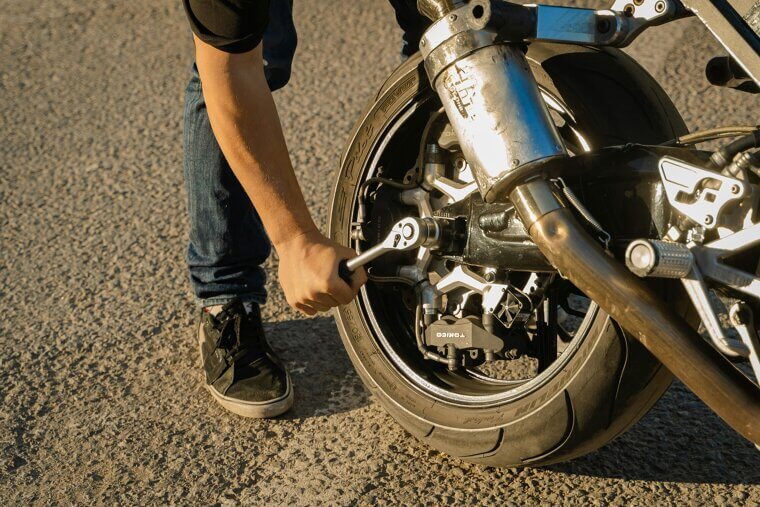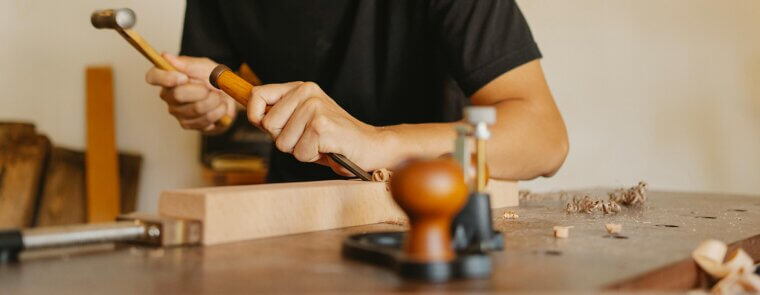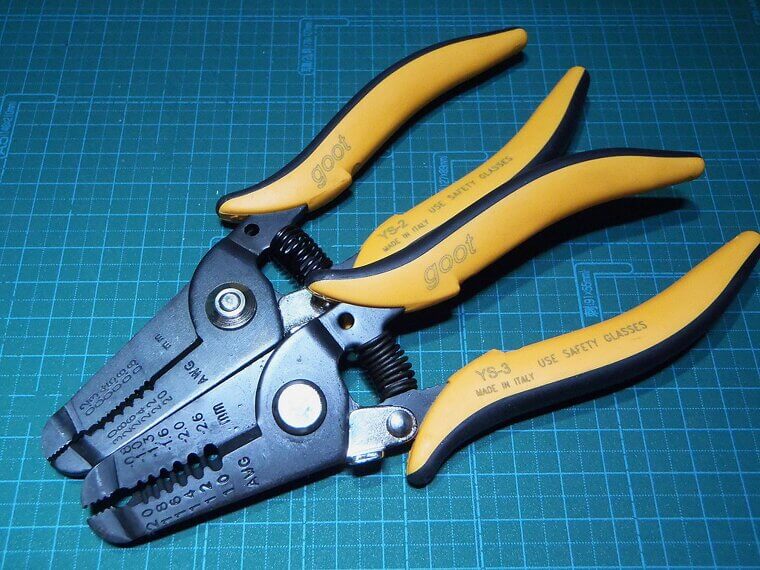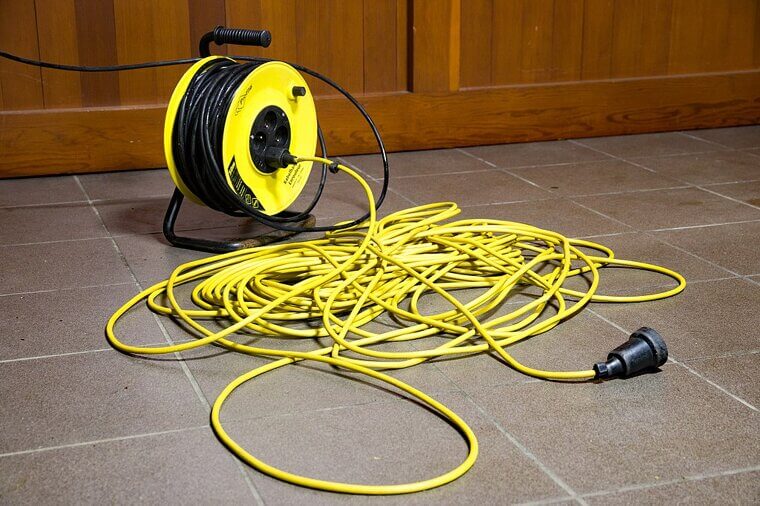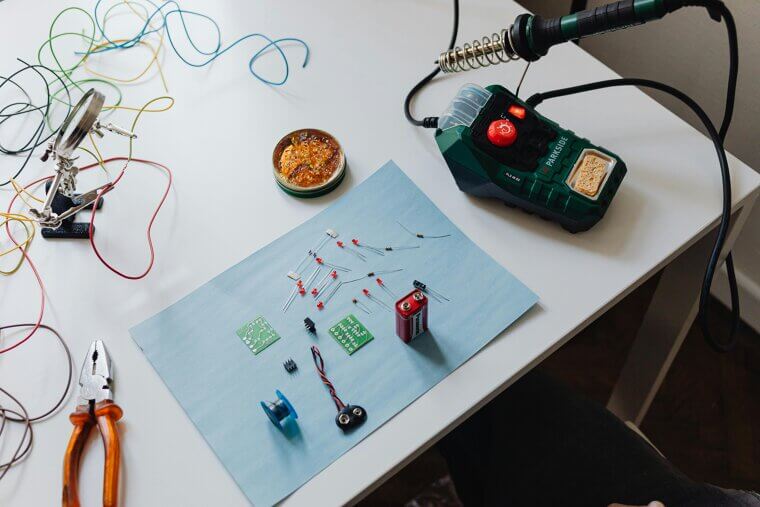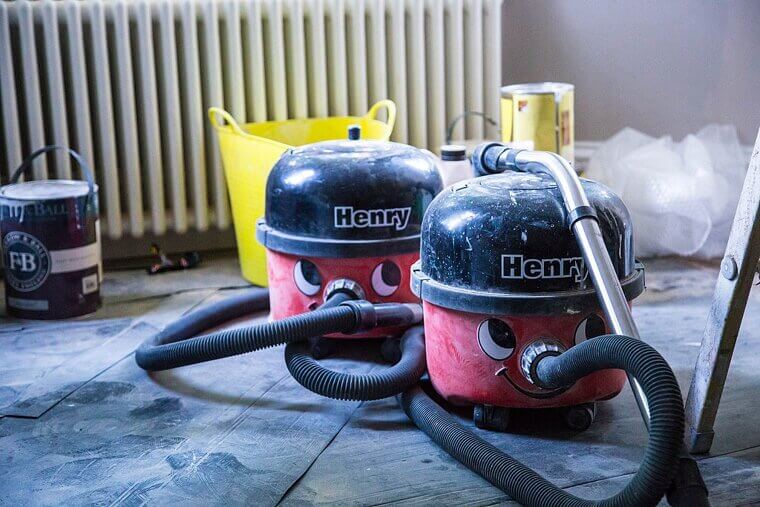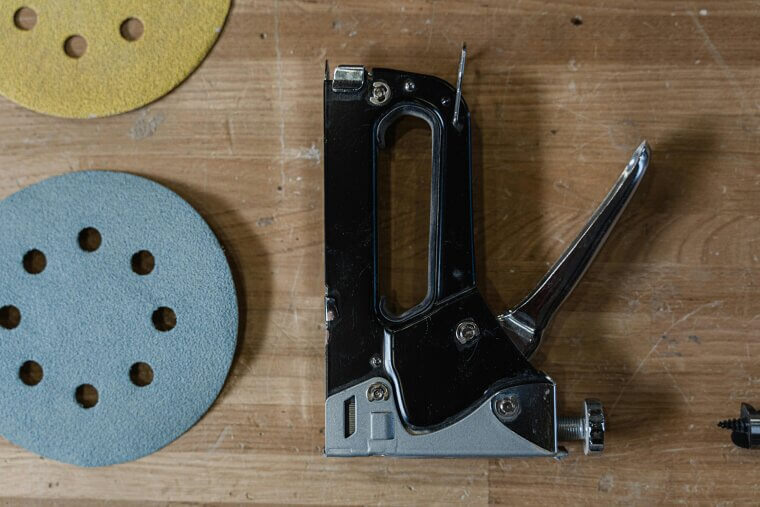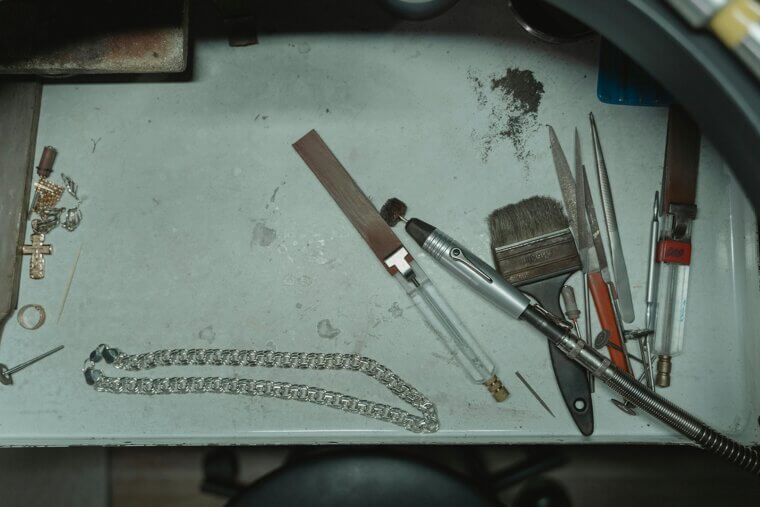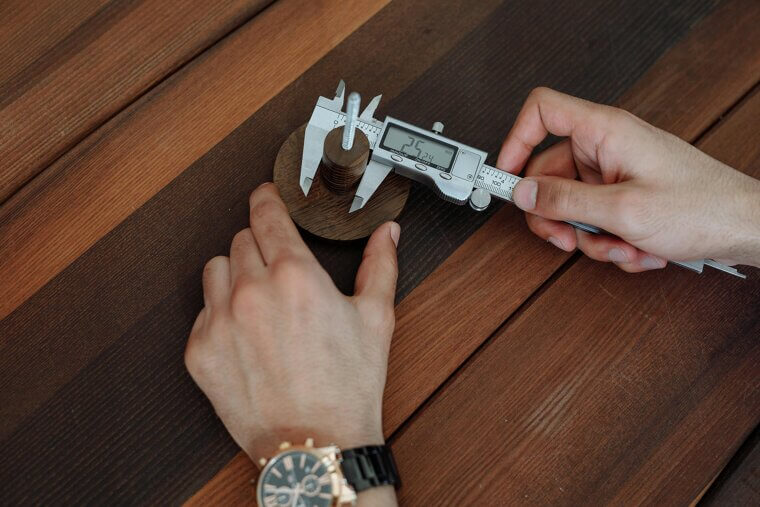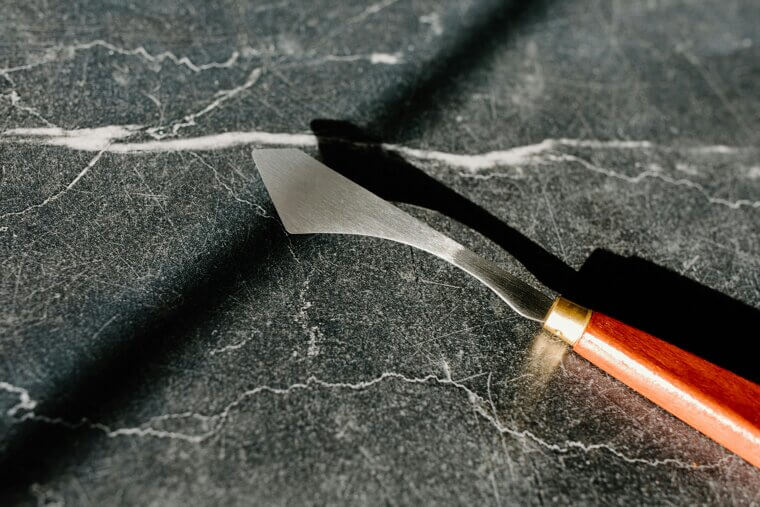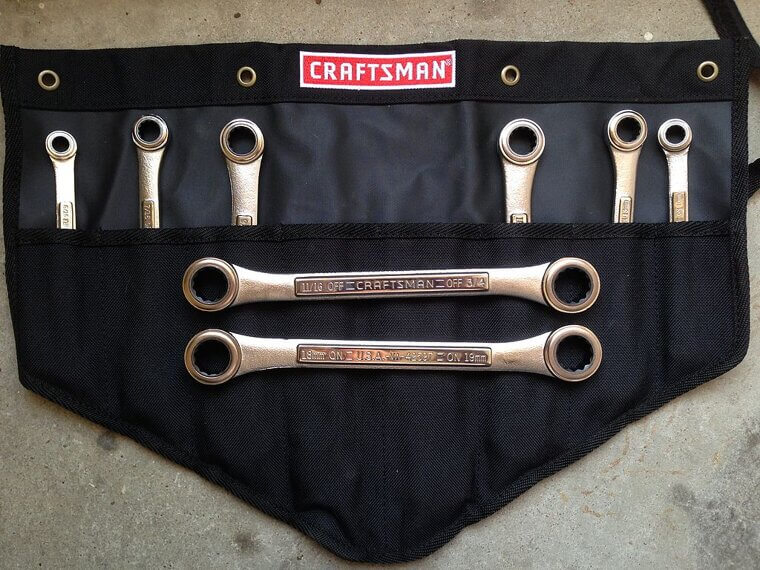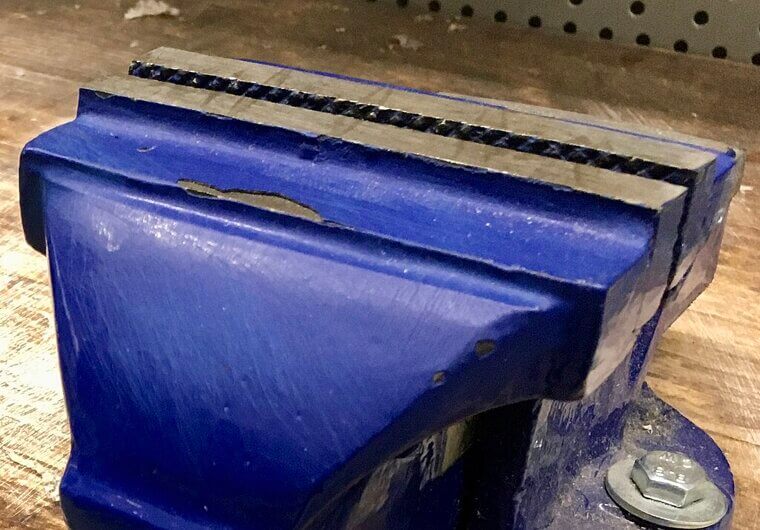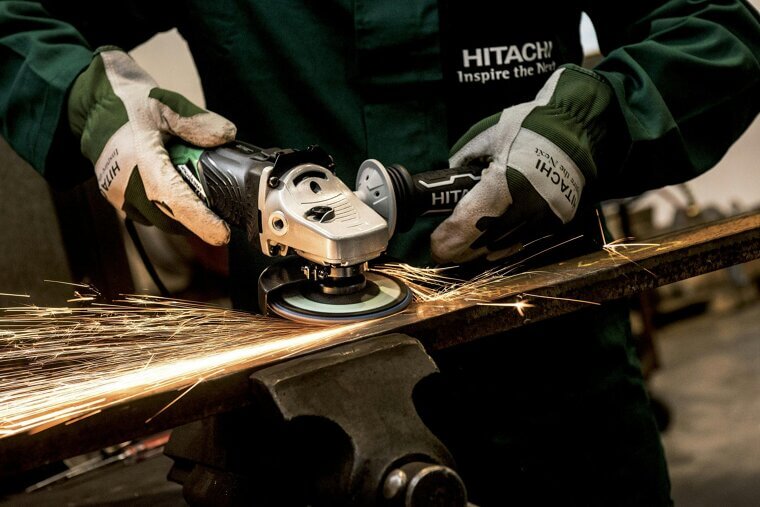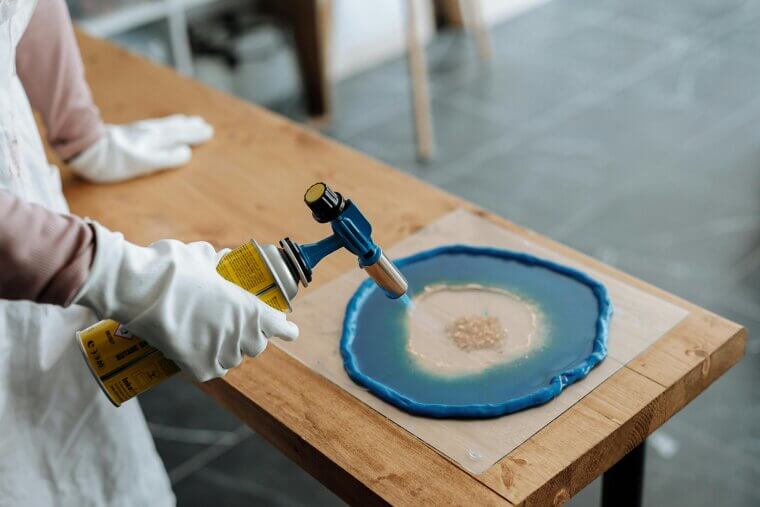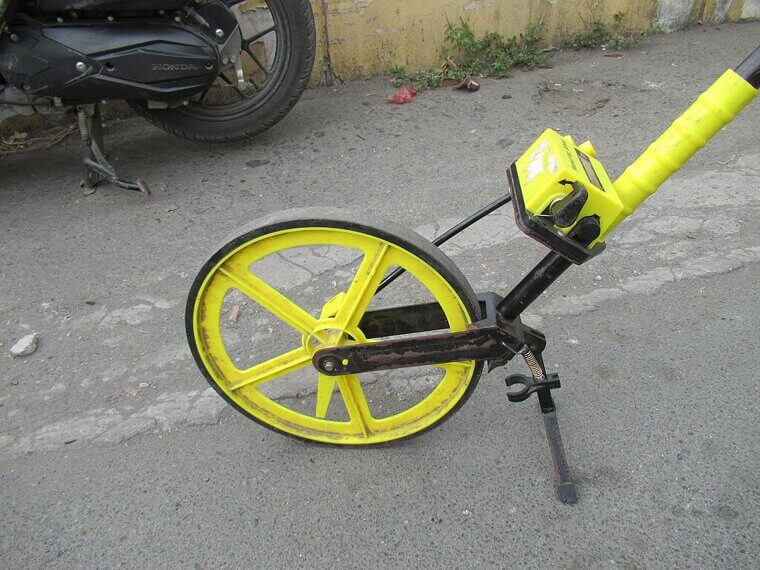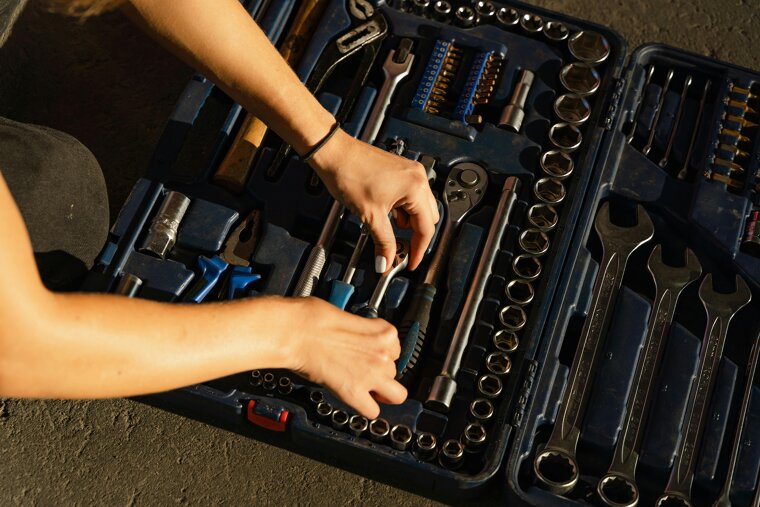Have You Been Using Your Tools All Wrong All These Years?
Most people know which way round to use a hammer, but there’s a chance you’ve still been using it incorrectly all these years! Here’s a list of common tools you might need to brush up on before breaking them out of the box.
Hammer
Yep the head end goes on the nail, but how are you gripping the handle? Most people put their hand right up on the neck just under the head; this actually results in weaker swings. Gripping further towards the end adds extra power and control. Nail, meet hammer!
Screwdriver
Screws are more complicated than simply jamming the screwdriver in there and twisting until something happens. You need the right type (flathead vs Phillips, for example) and the right size for the screw; a bad result can damage the screw or even hurt your wrist.
Utility Knife
When you use a knife it’s a common mistake to cut towards your body, but if you think about it, one false slip and you’ve got a serious accident. Always cut away from yourself and brace the material securely - you’ll keep all your fingers and remain unpunctured.
Tape Measure
There’s no denying it’s fun to let go of an extended tape measure and have it spring right back into place freely with a snap! However, you actually risk damaging the springs and breaking the tape measure. You need to retract it slowly using your hand for guidance.
Power Drill
You just turn the power drill to full speed and use it, right? Nope, we’re afraid that’s not how it works. Drilling too fast into something - especially hard surfaces like metal or tile - strips screws and damages materials. They need slower speeds, and higher torque.
Allen Wrenches (Hex Keys)
Using the short end of an Allen wrench is the standard go-to, but it has no leverage and if your fasteners are rounded, it’s a DIY disaster! The short end’s for tight spaces and speed; use the long end for reach and torque.
Pliers
People often grab the pliers as a stand-in for a wrench to tighten bolts. It’lll just give you chewed-up nuts, and no one wants that! Pliers are for gripping or precision work when twisting wires and such. Pick the right kind too; for example, needle-nose pliers are for light work.
Wrenches
Just like hammers, wrenches are commonly held too close to the head but another issue is pulling rather than pushing; you can damage your knuckles, so whenever possible you should push the wrench away from your body. Pro tip: open-ended wrenches are for loose bolts.
Adjustable (Crescent) Wrench
This guy’s not interchangeable with a regular wrench; use it when you don’t have the right kind, like a backup act rather than the main attraction. People tend to use it loose with the jaws facing the wrong way, too - tighten those bad boys and make sure force goes into the fixed jaw.
Sandpaper
If you’re the DIYer who uses fine grits for everything, we’re afraid you’re doing it wrong! It could make the job twice as long, while overpressure can cause scratches or burns. Courser grains shape and strip, finer grains finish (and always use a sanding block, too).
Paintbrush
It’s not a case of dunking the brush into paint like fondu - you can overload it, causing uneven strokes and clogged up bristles. The bottom third of the brush is your paint-loading sweetspot, and tapping excess paint off is preferable to wiping. Don’t let the paint dry on it, either!
Ladder
You’d think ladders are easy to use, but so many people get it wrong, and in so many ways. From balancing one against unstable surfaces to standing on the top step like a high wire act, they’re one of the leading causes of DIY accidents. Always stay at least one step below the top.
Caulking Gun
Many DIYers point the gun at the target and squeeze as hard as they can, resulting in messy beads and blobs of caulk. Actually, the nozzle needs to be cut at a 45 degree angle and caulk applied both with consistent speed and pressure.
Stud Finder
A cursory sweep and you’re good to go? Definitely not! Stud finders need calibrating first (to avoid phantom studs) - held still against a flat, bare wall - then they’re ready for slow, repeated sweeps of an area. Stud finders barely work on lath-and-plaster or tiles either, so don’t take negative reads as gospel.
Spirit Level
Perhaps the biggest problem people encounter when they use spirit levels is that they don’t use them when they’re level! A surface has to be flat and while some DIYers ignore the bubbles, they have to be perfectly centered between the lines.
Circular Saw
Let’s get the biggest faux pas out of the way first - never use these babies one-handed! Another common issue is forcing the cut, which results in burned wood and some nasty kickback from the saw. Let the blade’s revolutions and speed do the work, so you don’t have to.
Cordless Drill
When using a cordless drill as a screwdriver, inexperienced DIYers crank up the torque and go to town. It feels like the tool’s helping, but it’s actually stripping screws and snapping heads; use the clutch setting to control torque and use the right bit so you’re not destroying components
Box Cutter
Box cutter blades are sharp (at least, they should be if you’ve maintained them) yet they’re fragile, so too much pressure - like that exerted by an over-enthusiastic DIYer - can easily snap them. If you need to use force, the blade is dull, which also makes it dangerous.
Socket Wrench
Using the wrong sized socket on the wrench risks damaging the ratchet mechanism or causing you to slip and collide with your project knuckles-first. A snug fit between the socket and fastener is essential to avoid accidents; use the shortest extension you need, too.
Chisels
Just smacking a chisel with a claw hammer is a bad idea - you need to use a mallet or dead blow hammer, which are compatible with chiselling. Misuse causes the tool to break; they’re more like scalpels than crowbars, and damaged ones can result in tears or splinters.
Wire Strippers
Wire strippers are frequently confused for pliers and used for twisting and wrenching. However, their use is in the name, and even then people tend to use the wrong notch and pull too hard, which can nick wires. Clamp to score the insulation, then pull gently.
Extension Cords
High wattage-tools and thin-gauge cord is a disastrous combination wrongly employed by many extension cord users, but there are other oopsies too. Daisy-chaining them together or leaving them coiled during use, for example, can act as a heating element and cause fires.
Multimeter
Getting the wrong setting on a multimeter (measuring voltage on resistance mode, for example), selecting the wrong range or improperly poking live wires are the unholy trinity of bad multimeter treatment. You risk blowing a fuse or even worse - literally shocking - results.
Shop Vacuum
Using the proper attachments for the job is an important part of shop vacuums - that means a fitting bag for fine dust, and even more importantly, a dry filter for sucking up water! Without that, you’re creating a mildew soup that clogs up the device.
Staple Gun
Even though it has the word “gun” in it, you can’t fire staple guns at random. Using the wrong staple sizes or firing them into hard materials isn’t just unwise, it’s dangerous; staples can ricochet back (assuming they don’t jam up the gun first).
Files (metal/wood)
A file is a cutting tool, but DIYers frequently use them like scrubbing brushes, dragging them backwards and forwards. Pulling back on the teeth actually dulls the blade, so only apply pressure on the forward stroke, and don’t forget to keep your tool clean.
Digital Caliper
Digital calipers are confusing things, and users often find themselves zeroing it in the air, which decreases accuracy! The best way to use them is to close the jaws first then hit zero to get the result you’re after, or you risk damaging the jaws.
Duct Tape
Duct tape has a reputation for being able to hold anything, but there are a few ways that it’s commonly misused. To begin with, it’s not a permanent fix; it’s supposed to be a temporary solution until you get proper seals. Secondly, it’s terrible for ducts!
Putty Knife
When it comes to scraping, spreading and smoothing, a putty knife is your tool of choice. It’s not a chisel, paint scraper or pry bar, as some people employ it. Too much pressure can bend the blade, and then it’s useless for its intended purpose.
Ratcheting Wrench
If you’re using a ratcheting wrench like a normal one, you’re using it wrong and at risk of damaging the tool’s ratcheting mechanism. You should loosen stubborn bolts first, then switch to the ratcheting wrench to make the easy part even easier.
Clamps
Just because you can crush something in a vice doesn’t mean that you should! Warping and damaging the clamped material is common, so you need to keep snug pressure rather than a death grip.
Angle Grinder
They’re chaotic and loud, but angle grinders are great when they’re used properly. That means selecting the right disc for the job (not the first one to hand) and keeping that guard on - even if it restricts visibility. Better that than losing something you’re attached to!
Heat Gun
Don’t confuse a heat gun for a hair dryer; they get hot enough to melt piping, so using them to dry paint is a bad idea. You’ll burn your project if you use it wrong, so keep that baby moving and don’t focus on one spot unless you want it stripped.
Measuring Wheel
Just because it’s a wheel doesn’t mean it has to race! One of the leading mistakes is forgetting to reset the device, leading to wild number readings. Always start at zero for each measurement, then go slow and steady over a flat surface for the best reading.
Torque Wrench
As the name suggests, torque wrenches are for torque. They’re not your common-or-garden wrench to loosen bolts (which some people employ them for), they’re used for precision tightening.

